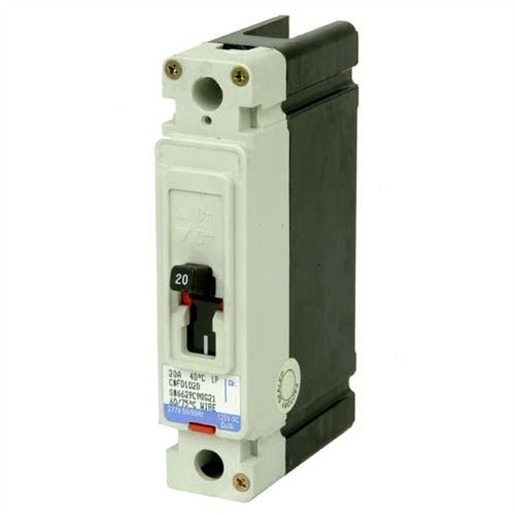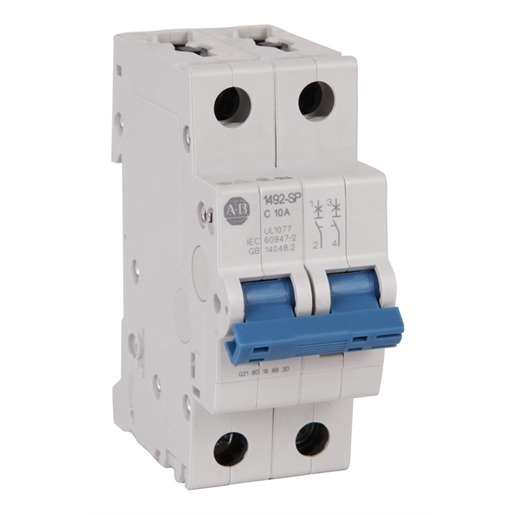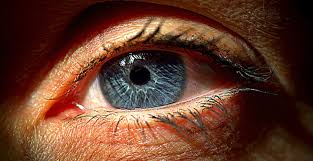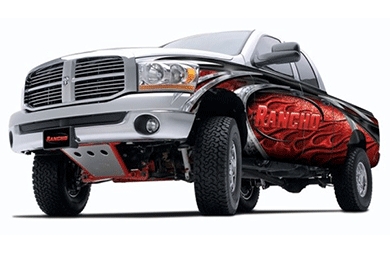How Do I Protect My New Laminate Floor?
Laminate flooring is a much improved flooring product that can be the perfect alternative to solid wood flooring. Durable, easy to fit and clean, laminate flooring can work in a number of rooms across your home from the hallways to your kitchen, living room, bathroom and even bedrooms! While laminate flooring is renowned for its long lasting qualities, some simple upkeep and protective precautions can stretch that longevity even further, so you get to spend your hard earned cash on something more exciting than replacing your flooring! Here are our top tips for protecting laminate flooring.
Attach felt pads to the bottom of lightweight furniture
Lightweight furniture is liable to slip around your floors at the slightest bump. To save sharp corners causing scratches on your flooring, felt pads will allow your furniture to glide safely without leaving any damage behind.
Lift furniture instead of dragging
A pet peeve of laminate flooring owners everywhere, your friends and family might be prone to dragging their furniture around without a second thought. Put your back into it and lift your furniture to avoid unsightly scratches on the floor. Too heavy? Try some felt or plastic discs underneath.
Carpets Runners & Rugs
If you know that a certain part of your laminate flooring is going to get a lot of footfall, consider placing a carpet runner or rug over the area to prevent scrapes and additional wear.
Welcome Mats
Apart from acting as a friendly greeting for friends and family, a welcome mat encourages people to wipe their feet, therefore reducing the risk of scratchy gravel or dirt making its mark on your laminate flooring.
Mop Regularly
Scratches aren’t the only type of damage you need to be wary of when it comes to laminate flooring, take care that liquids are mopped up before they have time to enter cracks and warp your flooring. For a full range of floor cleaning products including our recommended Micro Fibre Mops, please click here.
Manicure Your Pets
By making sure that your pets have their nails clipped regularly, you can reduce the risk of accidental scratches on your flooring.
Watch the Humidity
Particularly humid or dry conditions don’t make for happy laminate floors. Too dry and your floor might shrink, but too humid and the flooring may expand and warp. Most homes operate at a happy medium, but if you’re aware of an unusual humidity situation in your home consider regulating it with a humidistat.
The key point to remember is that laminate is liable to scratch and warp if you don’t take the necessary precautions, but many of these apply to any type of home flooring you may choose. The higher quality the flooring, the better wear you’ll get out of it, and purchasing your laminate flooring from Leader Floors guarantees both quality and durability.

Caring for your Laminate floor
Laminate floors are stain and fade alongside scratch resistant and with a couple preventative maintenance ways that you can have your floor last a lengthy moment. First, you have to adhere to the laminate floor manufacturer’s limitations and from keeping their recommendations consideration you’ll have a floor that may last forever.
Place the designer mats in front of the stoves and sinks along with all the entrances to the house. Also, feel the protectors under the foot of the furniture. Using dry and properly functioning chair coasters. One of the most important things you can do is try to follow the guidelines of laminate floor suppliers for room temperature and for moisture levels.
Maintaining laminate flooring
Laminate flooring is quite durable and maybe never that hard to stay clean. All you have to do is regularly brush or vacuum using a gentle brush. Damp-mop the laminate hardwood flooring working with a little ammonia or vinegar and water being careful never to flood the panels as you can damage this way. Always test a product that you are not certain of at an observable area. In the event you have to get rid of a stain make utilize of the laminate floor cleaner and mop-up to hold any water from going into the joints. Also, make certain that to work with a damp mop and maybe perhaps never a wet one.
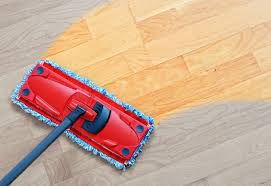
Cleaning the Laminate Floor
Avoid wet mopping.
Wet mopping will cause extra water to seep into the floor, which will damage it over time. Mopping with water should also be avoided because soap and detergent based cleaners used with wet mopping damages laminate. Instead, purchase a spray on cleaner specially made for laminate floors and wipe the floors with a cloth, or use a dry mop.
- Manufacturers of laminate flooring will often put out their own brands of cleaning products. It is best to use what is specifically made for your type of flooring.
- Generic brands are sold at supermarkets and flooring stores. Generic brands are typically okay to use, though you should test it on a small spot of your floor first.
Clean spills from the laminate flooring as soon as they occur.
This will prevent liquids from entering any cracks or joints in your flooring, which can eventually weaken your laminate flooring or cause it to warp. Use a soft cloth or mop to clean up spills instead of an abrasive sponge or other material that can scratch your flooring. Clean it up with the cloth alone, or with a cleaning product recommended by the manufacturer of your flooring if possible.
- If you are required to use a cleaning product other than water to clean up spills and can’t find a product made by your manufacturer, use a commercial window cleaner that does not contain ammonia. Ammonia contains properties that may strip away the protective sealant from the laminate flooring.
Don’t use a vacuum with rotary brush heads.
Do not use a vacuum with a rotary brush or beater bar head on laminate floors. These types of heads can damage the flooring. Instead, use a felt or brush type vacuum. Before vacuuming, check to make sure the wheels are clean and haven’t collected any dirt or grit.
- Vacuum and sweep daily to minimize the amount of dirt and grit on the floors.
Make repairs quickly.
You can repair minor damage on your own by purchasing a repair kit made specifically for laminate floors. Kits will typically be made up of silicon filler and wax sticks. More extensive damage may require a replacement of tiles or planks. It is best to seek a professional for extensive damage that will require replacement.

How To Protect Laminate Flooring
Laminate flooring may easily be prone to dents, scratches, scuff marks, as well as other kinds of damages, particularly in locations with heavy traffic. This is also true when you need to move furniture around, such as tables and chairs, all over the flooring on a regular basis. In certain cases, humidity in the weather, as well as the presence of pets may also damage your laminate flooring. If you are wondering how to protect laminate flooring, there are certain ways that you can do so.
Steps In Protecting Your Laminate Flooring
In order to protect the area, make sure that you place some felt protector pads at the bottom of light furniture. This will avoid the feet of the furniture, as well as other sharp edges from scratching or scraping against the laminate flooring. You can buy felt protector pads that come with adhesives on a side, allowing you to stick it to the bottom of furniture.
When you move furniture around, make sure that you lift it, rather than dragging it. By doing so, you can avoid scratches, as well as scuff-marks which may come as a result of dragging your furniture. If you find it difficult to move furniture, especially the bigger ones, you can use plastic discs that come with padding on a side, placing it under the furniture. Those discs will enable heavy and large furniture to easily glide on the laminate flooring without resulting to any damage. Other alternatives include the use of heavy blankets or thick towels.
Protect Your Laminate Flooring
You may also want to place rugs or carpets on the laminate flooring. These carpets may be placed in locations that are prone to heavy foot traffic in order to prevent scrapes and scratches from potentially marring your laminate flooring. You can also place non-slip or rubber pads below the rags in order to prevent them from potentially sliding around.
As an additional measure, you can also place a ‘welcome’ mat on your doorway. This will make sure that your family or guests will wipe their feet before they enter your home. This will reduce the entry of dirt, pebbles, as well as other debris from possibly scratching the laminate flooring. You may also request your family or guests to leave their shoes inside your home. This can also help in eliminating the debris which may be tracked from your shoes and into your laminate flooring.
Another important thing to remember is to make sure that the humidity levels in your house stays between 35 and 65 percent. This will further prevent the laminate flooring from being warped as a result of the contraction or expansion of the materials of your laminate flooring. These are the things that you can do if you want to learn how to protect laminate flooring.
Tips for Protecting Laminate Flooring
Vacuum
Even though my laminate floors are low maintenance by design, I like to clean them daily. Every night after I finish cleaning up dinner, I get out my vacuum stick. I turn off the rotary brush head so I don’t scratch my floors and vacuum away. It only takes me about 5 minutes at the most. But I know it’s worth it because I’m keeping that little sandy grit off the floors and preventing wear. If you prefer to clean less often, once week is sufficient to keep your floors looking great.
Rugs
This is probably the easiest change of all! I placed a few rugs at each doorway of the kitchen and dining room. The rug by the garage door catches all the debris and dirt from outside. The one by the back patio door catches all the dirt from the dogs little paws. Bonus tip: when you are looking for rugs, be sure to buy ones that have a solid backing so that dirt doesn’t sift through the rug and make contact with your gorgeous new floors.
Protect
Furniture could be hard on laminate floors. We added a few felt floor protectors to the bottom of the chair legs and buffet table. This will prevent scratches and damage to the floor. Another very simple and inexpensive change that will keep the new floors looking their best!
Clean
Let’s face it, spills and stains will happen. If you got little ones like me…I guarantee they will happen. I clean them with a laminate surface cleaner and soft cotton cloth. You could also use household vinegar for light mopping, but I don’t because I can not stand that smell.










